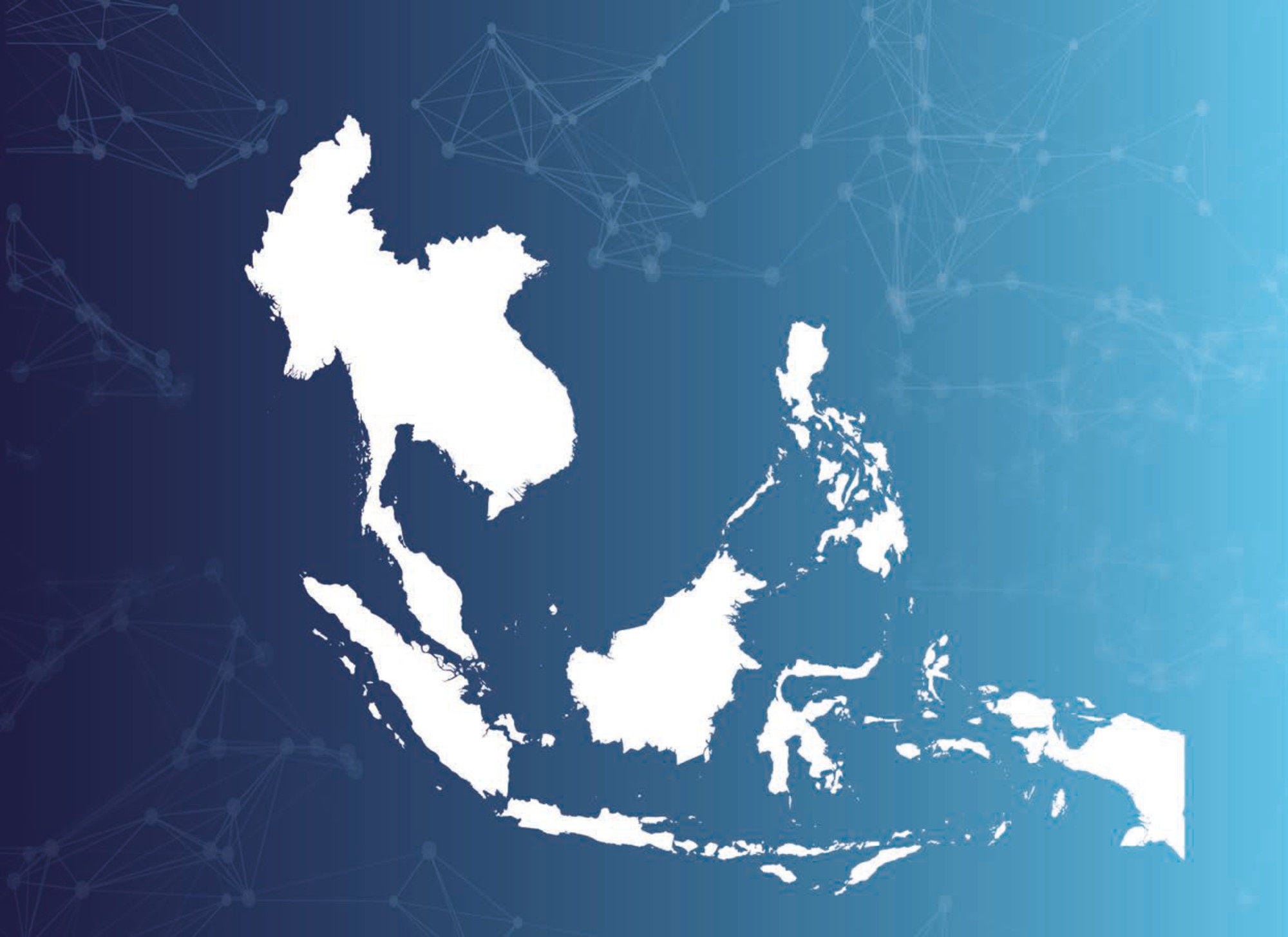Broadband connectivity is not just the backbone of modern economies but also a critical enabler of vibrant societies. In the rich mosaic of Southeast Asia (SEA), characterised by diverse geography, demographics, and socio-economic dynamics, robust broadband connectivity transcends a mere technological necessity and emerges as an imperative for SEA's sustained prosperity amid multifaceted challenges. As many countries in the region transition from middle to high-income status, high-quality broadband connectivity has become a pivotal enabler of this transformation. It fuels innovation, streamlines the exchange of goods and services, and drives economic growth.
The region's vulnerability to climate-related disasters underscores the crucial need for resilient infrastructures, while demographic shifts towards an ageing population demand innovative solutions and enhanced connectivity for all. Persisting urban-rural divides pose challenges to ensuring all citizens have access to reliable connectivity.
Recognising these evolving challenges, this report seeks to support policymakers in SEA by providing tailored policy recommendations to promote high-quality broadband services in the region. These recommendations leverage the OECD Council Recommendation on Broadband Connectivity, covering key issues such as market developments, competition, investment, innovation, digital divides, and the environmental impact of networks.
The report shows the substantial transformation of SEA’s broadband landscape in the last decade, reaching 769 million subscriptions in 2022, a tenfold increase from 2010. Mobile broadband subscriptions constitute over 92% of total subscriptions, indicating a dynamic mobile broadband market with an average annual growth rate of 25% from 2010-22. However, the landscape is far from uniform, with significant disparities among countries. Mobile subscriptions range from 56.4 subscriptions per 100 inhabitants in the Lao People’s Democratic Republic (Lao PDR) to 169.6 in Singapore. Fixed broadband subscriptions are highest in Singapore (27.4 per 100 inhabitants) and Viet Nam (21.7), but significantly lower in countries like Cambodia, Lao PDR and Myanmar, where rates do not exceed 3 per 100 inhabitants.
Coverage of 3G and 4G networks reaches over 90% of the population in most SEA countries, with six deploying 5G networks by 2022. Fibre-to-the-Home is the dominant fixed broadband technology in the region. Fibre makes up over half of fixed broadband subscriptions in all SEA countries, ranging from 50.75% in Myanmar to 99.75% in Singapore as of 2021. Singapore is SEA’s international connectivity hub with the largest installed capacity in the region and is one of the world's leading submarine cable hubs.
Market structures and competitive intensity vary across SEA, with mobile communication markets generally falling within “moderately concentrated” to “highly concentrated” classifications. Recent mergers and acquisitions, such as the 2023 True-Dtac merger in Thailand and the 2022 Indosat Ooredoo-Hutchison merger in Indonesia, have reshaped the market landscape. Government involvement is notable compared to many OECD countries, with some countries having important stakes in communication operators.
Institutional frameworks for communication regulation in SEA have varying degrees of independence. Some countries have independent regulators, while others rely on ministerial bodies or statutory boards. National broadband strategies seek to foster connectivity for digital transformation, often with targeted goals to expand communication infrastructure and improve service. Overall, SEA's broadband challenges require adaptive policies and a comprehensive approach to navigate the complexities of the region's digital landscape.
